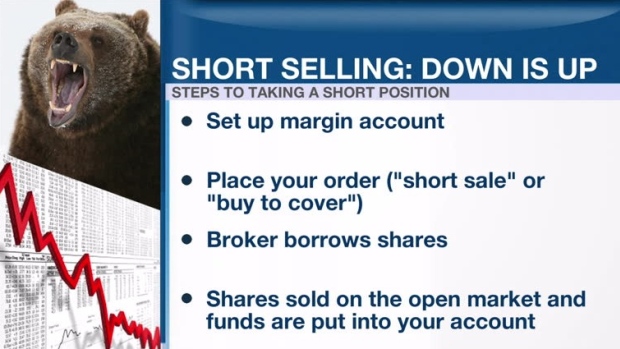Oct 4, 2017
Personal Investor: Down is up when you short-sell
By Dale Jackson
Have you ever watched a stock rise and know deep down the market has overpriced it?
For most retail investors who only take long positions there’s not much you can do – unless you structure your trading account to sell short.
Short-sellers profit when a stock goes down – but there are risks. Suppose that overpriced stock is trading at $20. A short-seller will borrow, not own, that stock – let’s say 100 shares with a total value of $2,000.
Assume the stock falls to $15. The short seller buys 100 of the shares on the open market at a total cost of $1,500, returns them to the lender, and pockets the $500 balance.
That’s a simple explanation for a complicated process. Here’s a step-by-step guide from Smart Trader.

Step 1: Set up a margin account. This account allows you to borrow money from the brokerage firm using your investment as collateral. The borrower pays interest on the loan based on an agreement with the lender.
Step 2: Place your order by calling up the broker or entering the trade online. Most online brokerages will have a check box that says "short sale" and "buy to cover."
Step 3: The broker, depending on availability, borrows the shares. The shares the firm borrows can come from:
- The brokerage firm's own inventory
- The margin account of one of the firm's clients
- Another brokerage firm
You should also be mindful of the margin rules and know that fees and charges can apply.
Step 4: The broker sells the shares in the open market. The profits of the sale are then put into your margin account.
Of course, short-selling doesn’t always go well and there are risks not present in taking long positions. With a long position, the worst thing that can happen is the stock can fall to zero – capping the loss. With a short position, there is no limit to how high a stock will go and no limit to how much an investor can lose.
Whoever lends the shares can demand their return any time. If the stock rises beyond the collateral amount, the short-seller might be forced to sell at a loss to cover the shortfall.
Also, any dividends accumulated on the stocks must go to the lender. Remember, you’re only borrowing the stocks.



